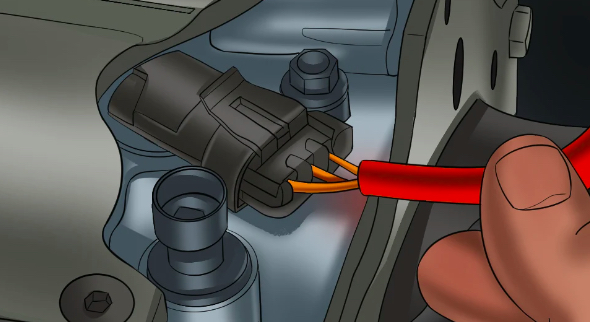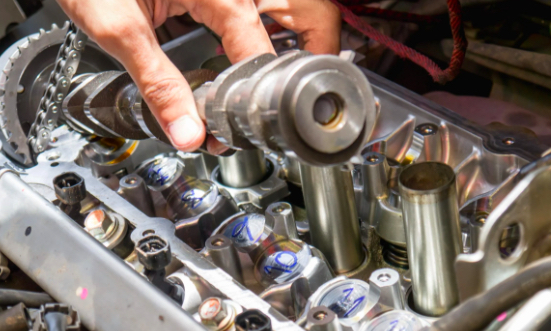After replacing your camshaft sensor, it’s essential to take the necessary steps to ensure your car runs smoothly and efficiently. Our guide will provide the expert advice and information you need to properly inspect, clean, test, and maintain your system. With the proper knowledge and tips, you can confidently tackle the task and keep your car running like a well-oiled machine!
🚨You may be interested in: What Does Orange Triangle Sign Mean
Inspection, Cleaning, and Testing After Replacing a Camshaft Sensor

After replacing a camshaft sensor, it’s essential to inspect, clean, and test the system to ensure that it’s running optimally. Our guide will provide the expert advice and information you need to maintain your system and keep your car running smoothly and properly. With the proper knowledge and tips, you can confidently tackle the task and restore your vehicle’s performance.
Inspection
After replacing a camshaft sensor, the first step is to inspect the system to ensure that all the components are connected properly and functioning correctly. Look for any signs of damage, fraying, or corrosion in the wiring, and check for any loose or disconnected connections.
Cleaning
Once the inspection is complete, cleaning the system is essential to remove any dirt or debris that may have built up. Use a soft brush or compressed air to gently clean the components, paying special attention to any connection points.
Testing
The last step is to test the system to ensure the camshaft sensor works correctly. Start the car and allow it to idle, then rev the engine and listen for any signs of misfiring or stalling. After a few minutes of driving, test the sensor again, and inspect the system for warning lights or error codes.
| Inspection | Cleaning | Testing |
|---|---|---|
| Check for any signs of damage, fraying, or corrosion in the wiring | Use a soft brush or compressed air to clean the components gently | Start the car and allow it to idle, then rev the engine and listen for any signs of misfiring or stalling |
| Check for any loose or disconnected connections | Pay special attention to any connection points | Test the sensor again after a few minutes of driving |
| Inspect the system for any warning lights or error codes |
Inspect
After replacing the camshaft sensor, the first step is to inspect the entire system. This may include checking for any signs of wear and tear and ensuring that the new sensor is installed correctly and connected. Please pay close attention to the wiring and connectors to ensure they are adequately secured, and no damage has occurred.
Clean
Once the inspection has been completed, it’s time to clean the system. This includes removing any dirt or debris from the connectors and wires and ensuring the sensor is free from dust or residue. A thorough cleaning will help prevent malfunctions and ensure the system runs at optimal performance levels.
Test
After the cleaning is complete, it’s time to test the system. This may involve running a diagnostic scan to ensure the new sensor functions properly, and all components work together correctly. It’s essential to pay attention to any error codes or warnings that may appear during the test and to address any issues as soon as possible.
Maintain
Finally, it’s essential to maintain the system to ensure that it is running smoothly and efficiently. This may include regularly checking the connectors and wires for any signs of wear and tear and ensuring that the sensor is free from any dust or debris. Additionally, it’s essential to keep up with regular maintenance and service to ensure the system functions at its best.
What To Do After Replacing Camshaft Sensor is essential in keeping your car running at peak performance. The necessary steps of inspection, cleaning, testing, and maintenance will help ensure that the system is running correctly and that any issues are quickly identified and resolved. With the proper knowledge and tips, you can confidently tackle the task and keep your car running like a well-oiled machine!
Ensuring Optimal Performance Post-Camshaft Sensor Replacement
Replacing a camshaft sensor is a critical step in maintaining your vehicle’s performance. After replacing the sensor, inspecting, cleaning, testing, and keeping the system to ensure it functions optimally is important. By following the necessary inspection, cleaning, testing, and maintenance steps, you can guarantee that the system is running correctly and any issues are quickly identified and resolved. With the proper knowledge and tips, you can confidently tackle the task and keep your car running like a well-oiled machine!

